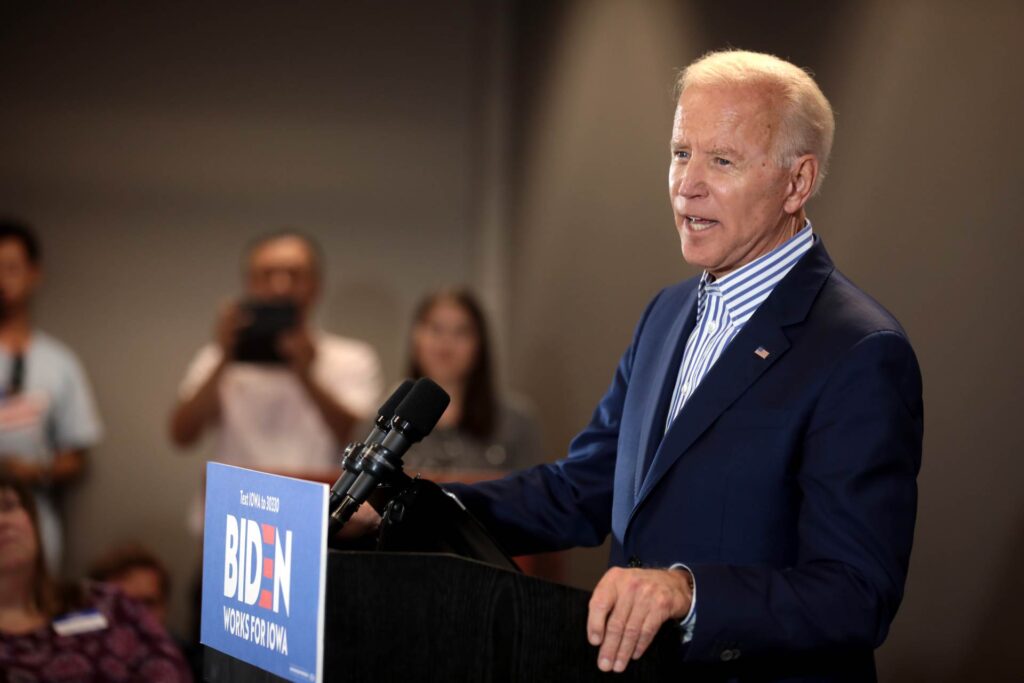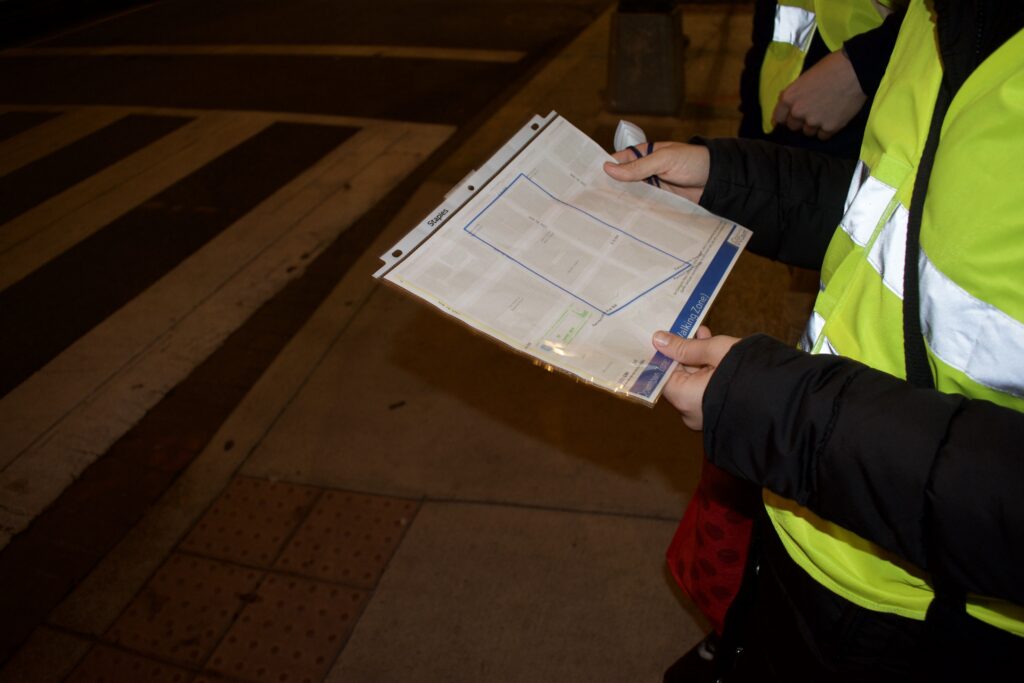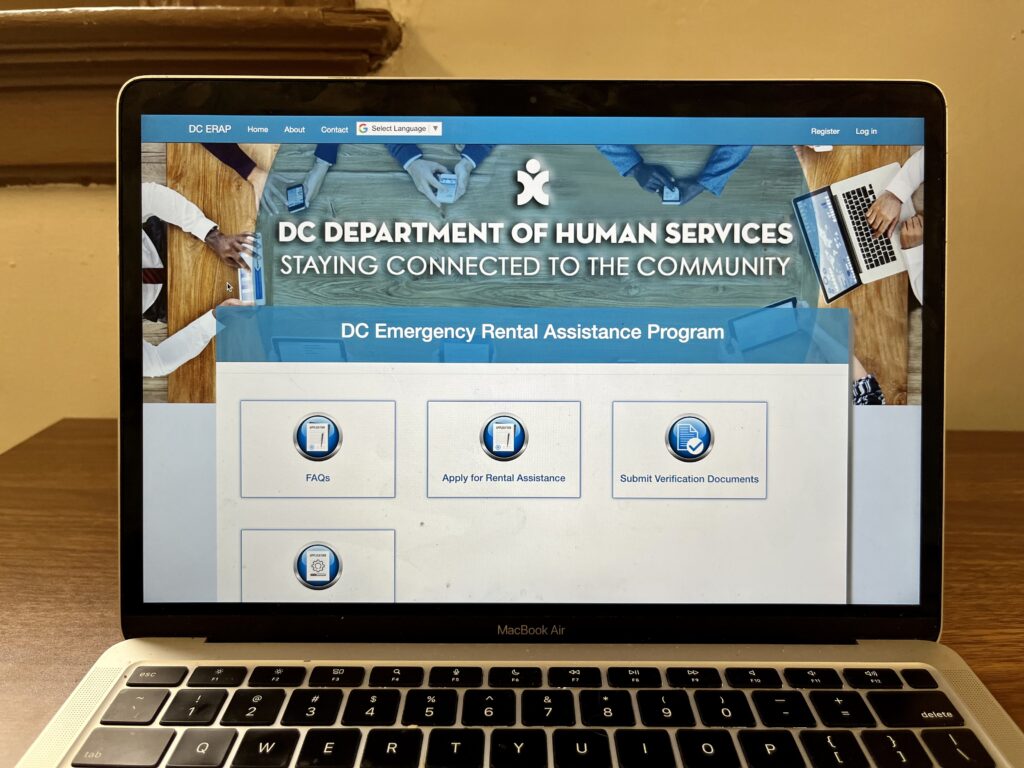Medicare reform may be on the horizon, potentially improving coverage for nearly 60 million enrolled Americans.
Senate Democrats took a major step in advancing their infrastructure agenda on Aug. 9, releasing a budget resolution that, alongside many other progressive priorities, invests heavily in the nation’s largest federal health insurance program. Most notably, the proposal includes money to broaden Medicare coverage, expanding its services to include vision, hearing, and dental care for beneficiaries.
The planned Medicare reforms, like the rest of President Joe Biden’s infrastructure agenda, are bifurcated across two distinct Senate bills: one bipartisan agreement that was negotiated by a group of 10 moderate Democrats and Republicans over the summer, and one more expansive spending bill that is likely to face unanimous Republican opposition. The bipartisan Senate bill, formally known as the Infrastructure Investment and Jobs Act, passed the chamber 69-30 on Aug. 10 after Senate Majority Leader Chuck Schumer (D-NY) delayed lawmakers’ vacation for a vote. The larger Democratic bill, for which the resolution was released Monday morning, is expected to be taken up this fall.
Though the bipartisan bill is focused primarily on physical infrastructure like transportation, energy and broadband internet, it also contains some notable public health measures. The $1 trillion agreement requires an increase in domestic personal protective equipment (PPE) production and allocates $15 billion to replace lead water pipes in low-income and rural communities.
Changes in the bipartisan bill that affect Medicare are limited to smaller-scope reforms. For instance, the bipartisan bill requires drug manufacturers to reimburse Medicare when providers discard certain single-use package drugs. The change is intended to recoup financial losses associated with those treatments; single-use medicines that are administered by weight, like many cancer therapies, can have leftover material in vials if a patient’s dosage is smaller than the uniform manufacturer size. That unused medicine cannot be recovered, and discarding it has an estimated annual cost of around $3 billion.
The reforms most relevant to Medicare beneficiaries, however, are found in Democrats’ larger spending bill, which is still being negotiated within the party. Though details are in flux, the Aug. 9 budget resolution indicates the bill’s scope: the $3.5 trillion plan will invest in health care, child care and pre-K schooling, higher education, elder care, and measures to combat the climate crisis. Sen. Schumer, in a letter to his caucus that morning, indicated the Senate would take on the new resolution once the bipartisan package was through.
Already down from a $6 trillion plan floated earlier this year, the bill itself is subject to shrink further in an effort to court moderate senators. After voting to proceed early on Aug. 11, Sen. Joe Manchin (D-WV) released a warning statement about his support for the full $3.5 trillion. “I have serious concerns,” he wrote. “Given the current state of the economic recovery, it is simply irresponsible to continue spending at levels more suited to respond to a Great Depression or Great Recession.”
Most likely to remain intact are the bill’s provisions to expand the kinds of treatment Medicare covers. Under current rules, outpatient medical coverage under Medicare Part B does not include vision, hearing, or dental care — some private Medicare Advantage plans cover these areas, but they are not required by Medicare to do so. That means Medicare beneficiaries, who are elderly and/or disabled, do not have guaranteed coverage for hearing aids, eyeglasses, or dental work like fillings and dentures. Should Democrats succeed in passing their plan, both Part B beneficiaries and Advantage plan subscribers would have vision, hearing and dental coverage.
The change would likely come with a small price increase for enrollees — most Medicare beneficiaries pay 25% of the standard Part B premium, or $148.50 per month, while the federal government pays the remaining 75%. Topline numbers for the expansion’s cost are not yet available, but Congressional Budget Office analysis of a comparable House bill from 2019 had the price tag at $358 billion over the next decade.
Other Medicare reforms supported by Democratic leadership are less likely to be included. President Biden campaigned on lowering the age of Medicare eligibility down from 65 to 60, but the current $3.5 trillion budget framework does not include the provision. Similarly, it is not known whether legislation to lower Medicare drug costs will be included in the final bill. While the bipartisan legislation that passed Tuesday recoups some drug costs, separate Democratic proposals could raise revenue by upwards of $600 billion through price renegotiations.
The 2019 House bill would have given Medicare the authority to negotiate drug prices directly with manufacturers in order to lower costs. The current law prevents the program from negotiating for itself; instead, Medicare Part D, which covers beneficiaries’ retail prescription drugs, must contract with private insurers to provide prescription drug benefits. That process leaves Medicare drug costs uniquely high compared to other federal programs like Medicaid and the Military Health System, especially for drugs for which there are no competitors. The 2019 bill was passed in the House when it was introduced that year, but the vote was largely symbolic, given Republican control of both the Senate and White House. The bill was reintroduced this April, but stalled after 10 centrist Democrats who had previously voted in its favor announced their opposition.
In a letter to House Speaker Nancy Pelosi, the opposition group objected on the grounds that taking back the funding by renegotiating drug prices with private companies could stifle pharmaceutical innovation. “There’s a balance between innovation and affordability,” they wrote.
All of Democrats’ infrastructure negotiations are operating on incredibly thin margins. The party has only an eight seat majority in the House, while the Senate is split between 50 Democrats and 50 Republicans. Though Senate bills typically require a 60 vote majority in order to overcome the filibuster and receive a vote, Democrats plan to use the budget reconciliation process in order to pass their larger $3.5 trillion package with only a simple 51 vote majority. Given unanimous opposition is expected from Republicans in the Senate, Democrats will require every single one of their caucus’s votes, plus the tie-breaking vote of Vice President Kamala Harris, to see their reforms enacted.
Further complicating matters, some progressive Democrats in the House have threatened to vote against the current bipartisan bill and sink the legislation, should moderate senators choose not to also pass the larger spending bill. Hoping to circumvent defections from the left, Speaker Pelosi signaled she will not allow the House to take up one bill without a guarantee of the other. President Biden has said he supports both infrastructure packages, irrespective of the order they arrive on his desk.
Even without all the provisions President Biden campaigned on, Democrats’ proposal is one of the largest domestic spending initiatives since President Lyndon Johnson first introduced Medicare and Medicaid in the 1960s. That also makes the policy a very heavy lift to get through Congress.
A procedural vote to move forward with budget reconciliation passed the Senate 50-49 early Wednesday morning. Debate on the bill’s provisions is expected to continue into the fall.








